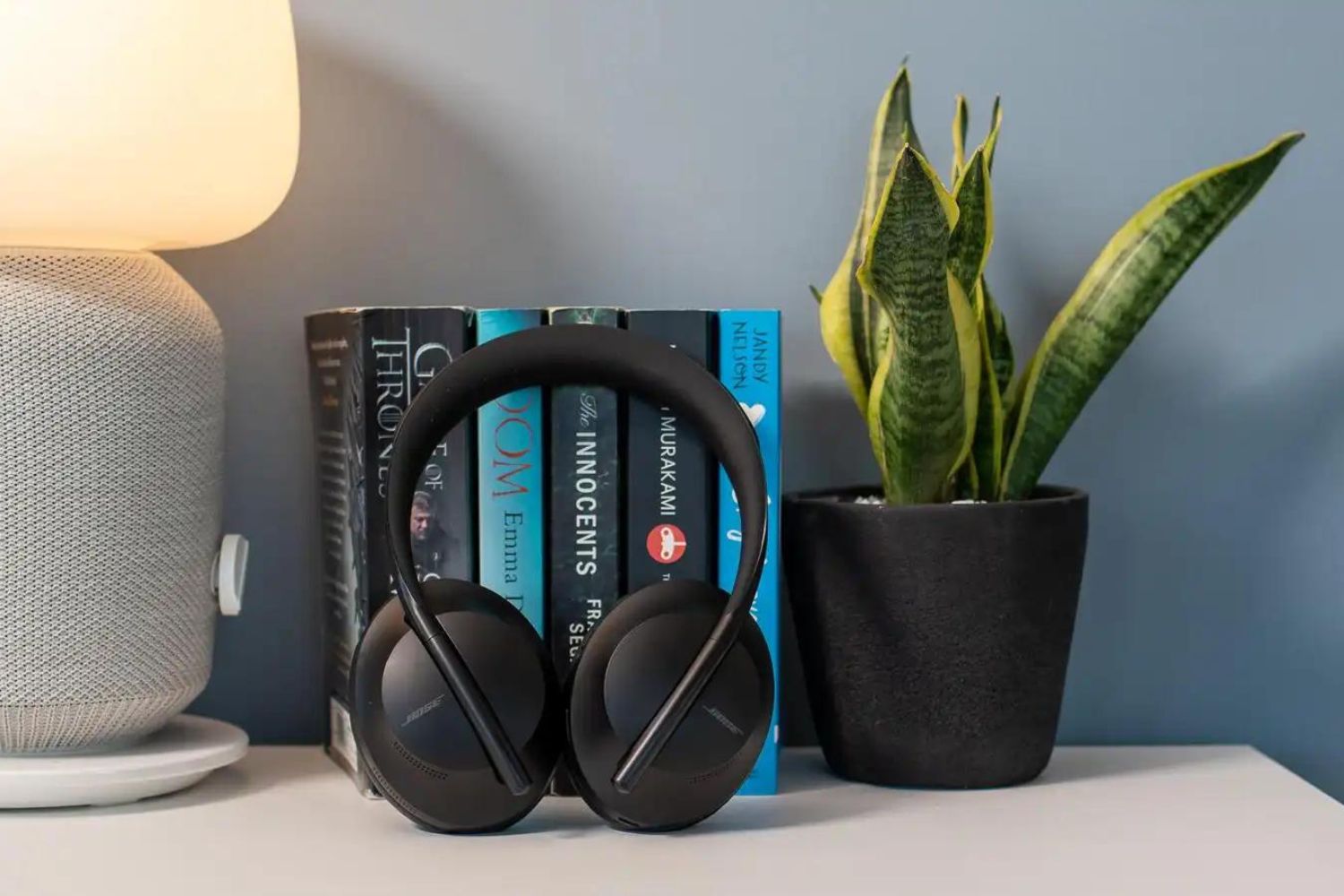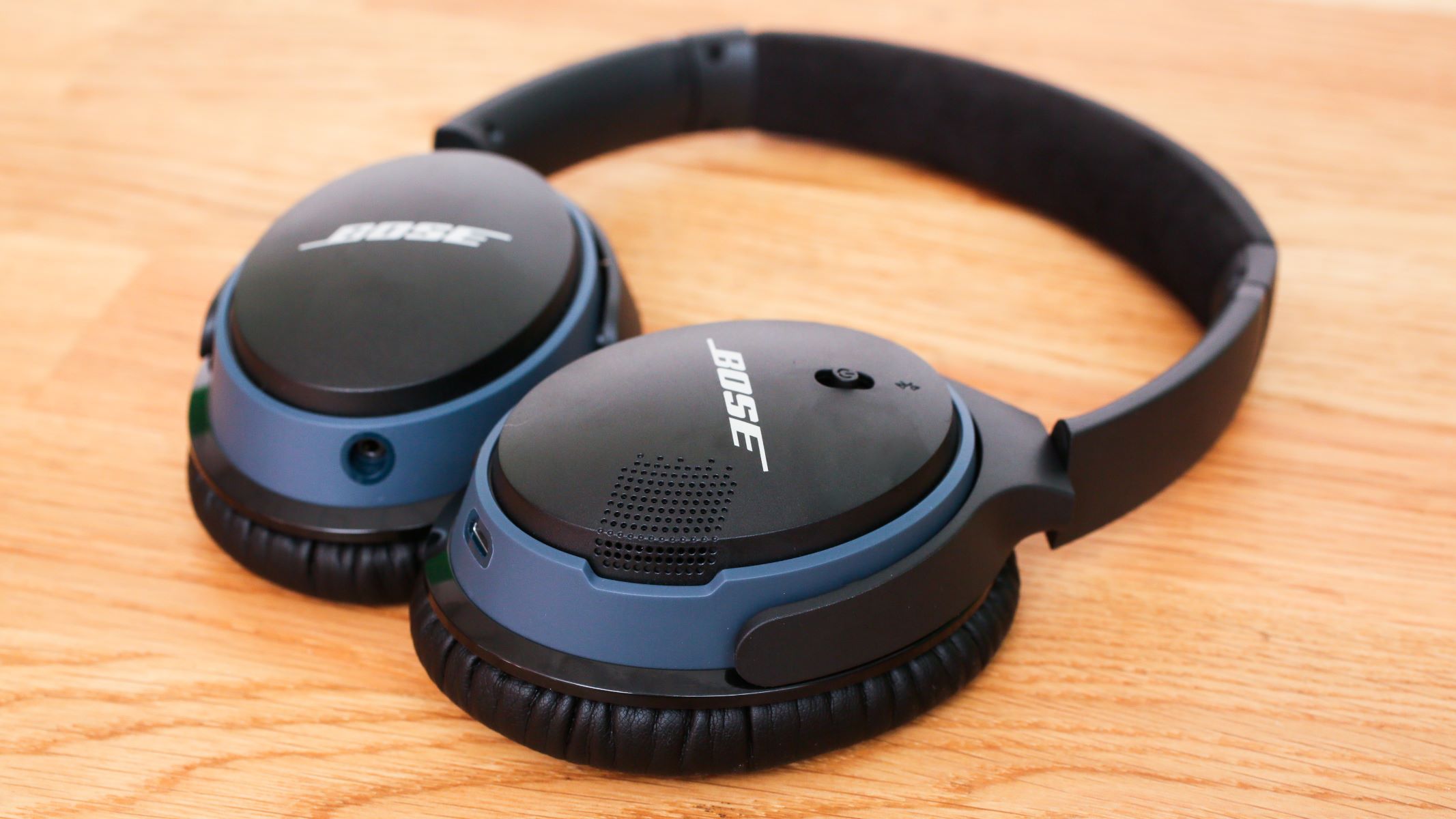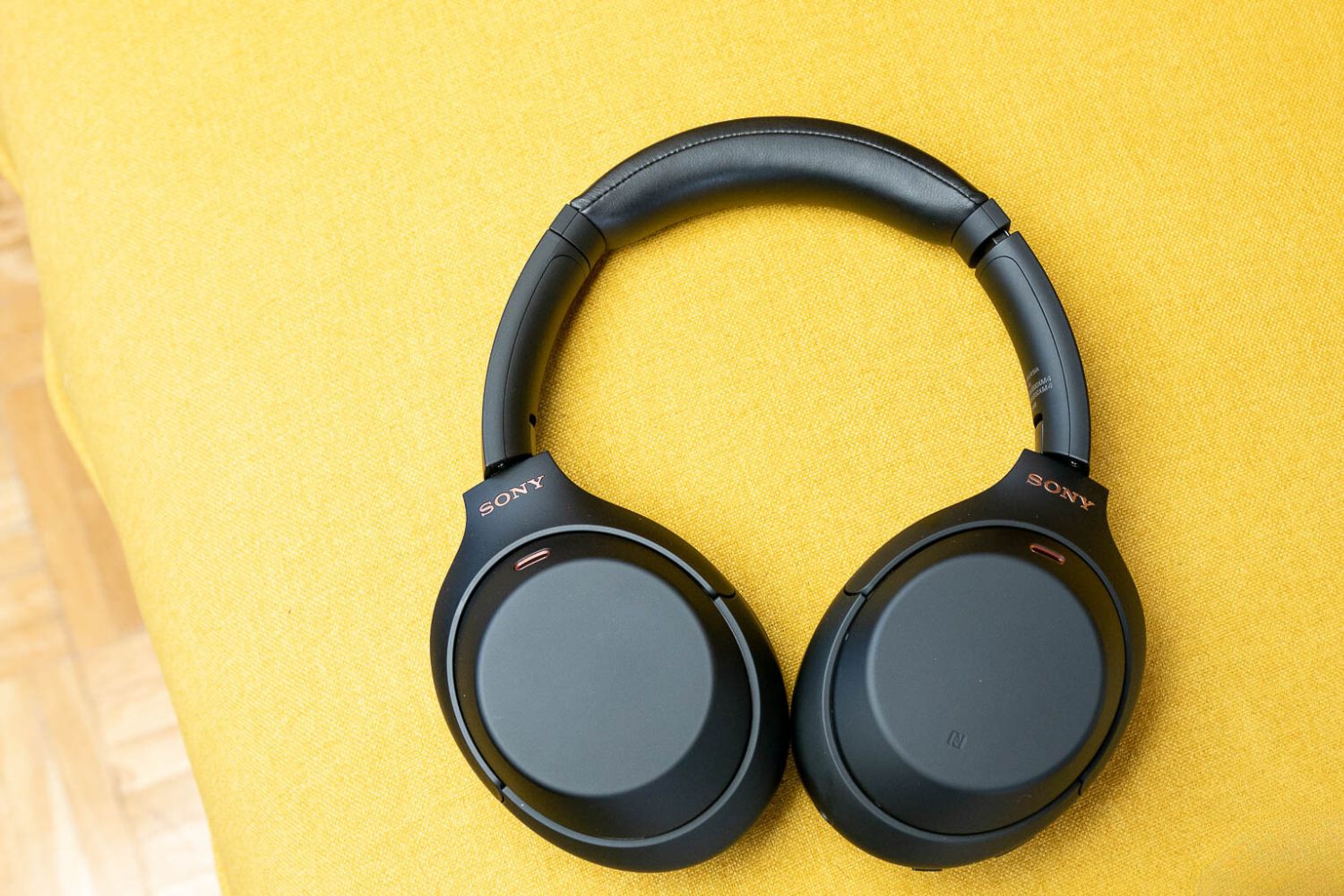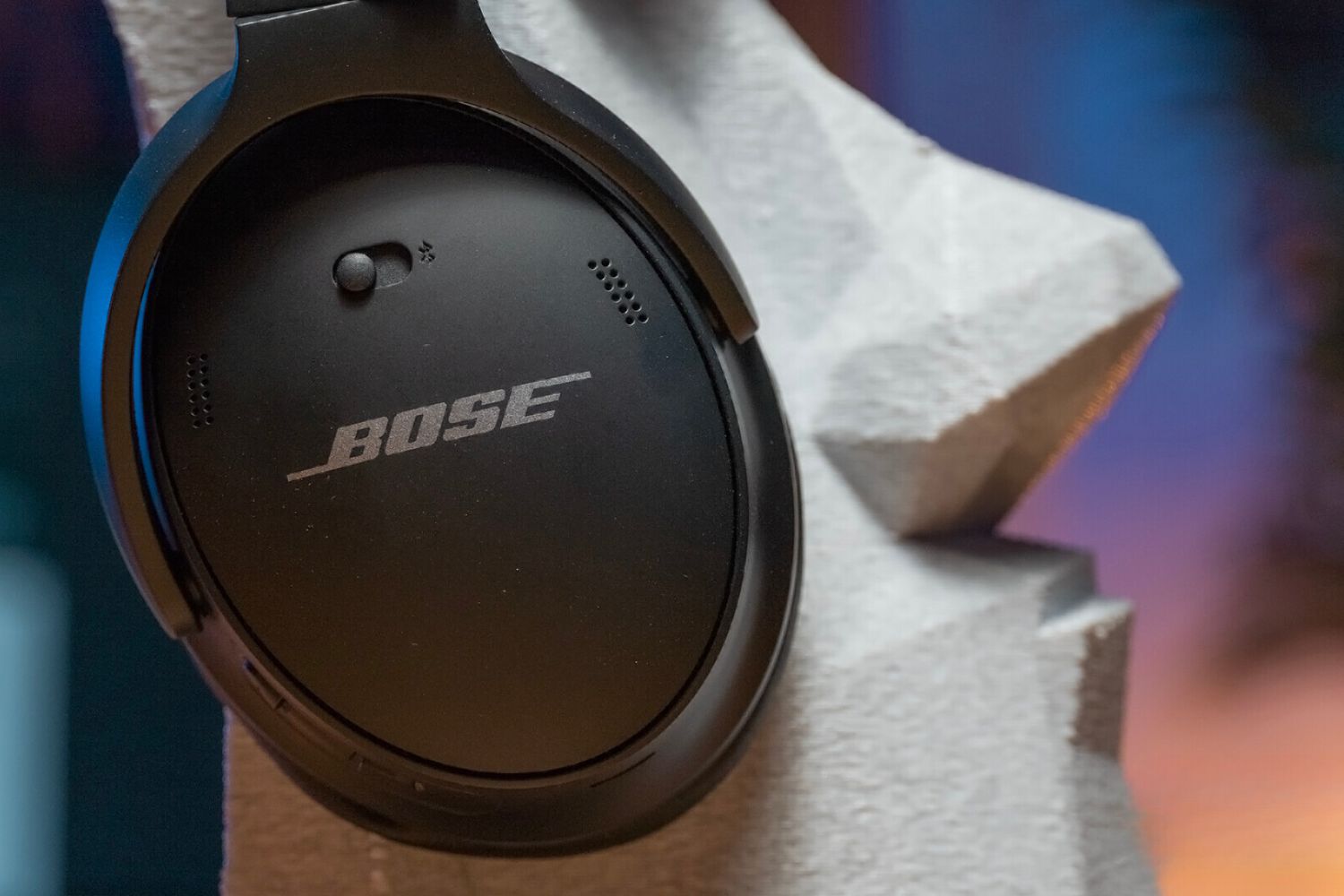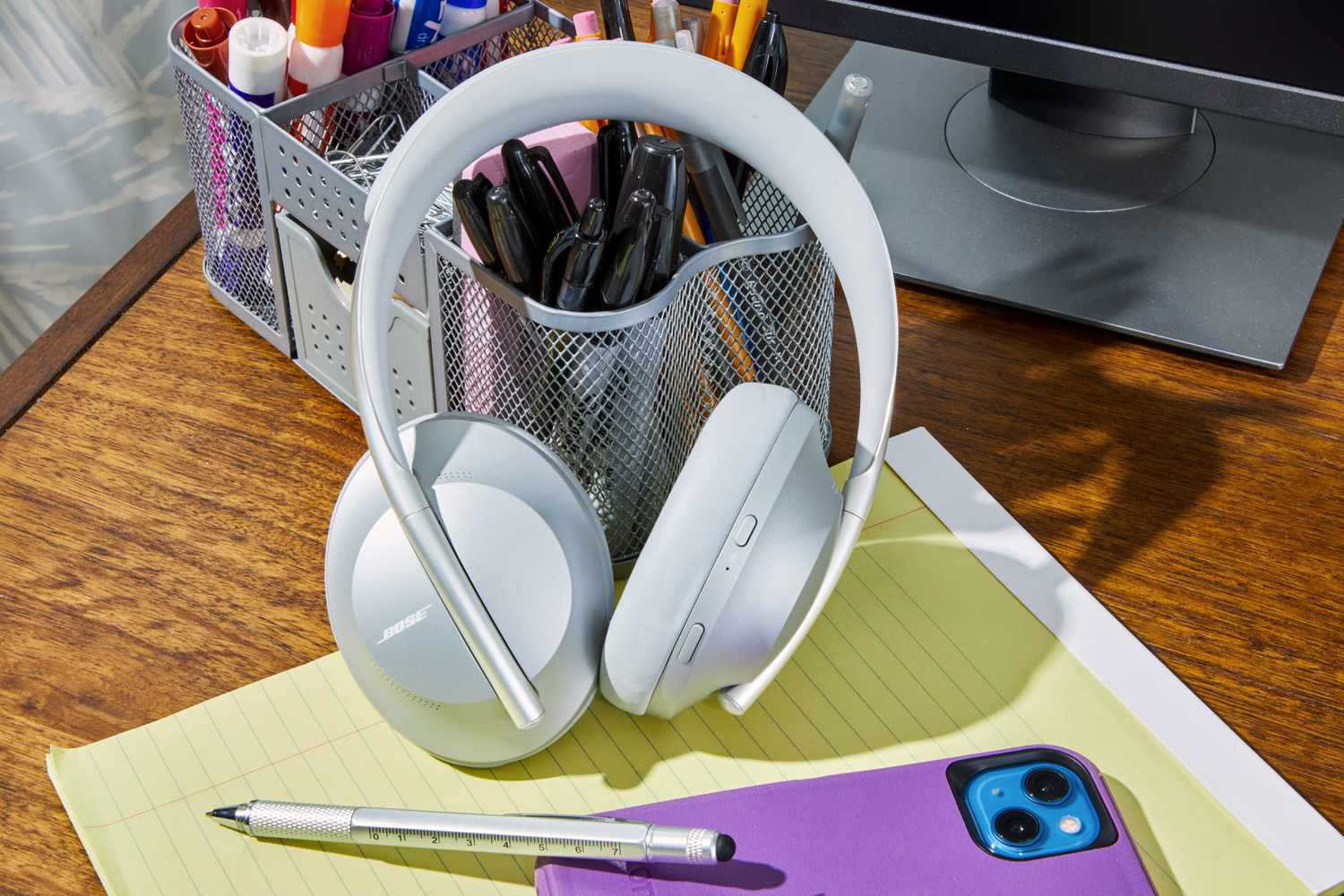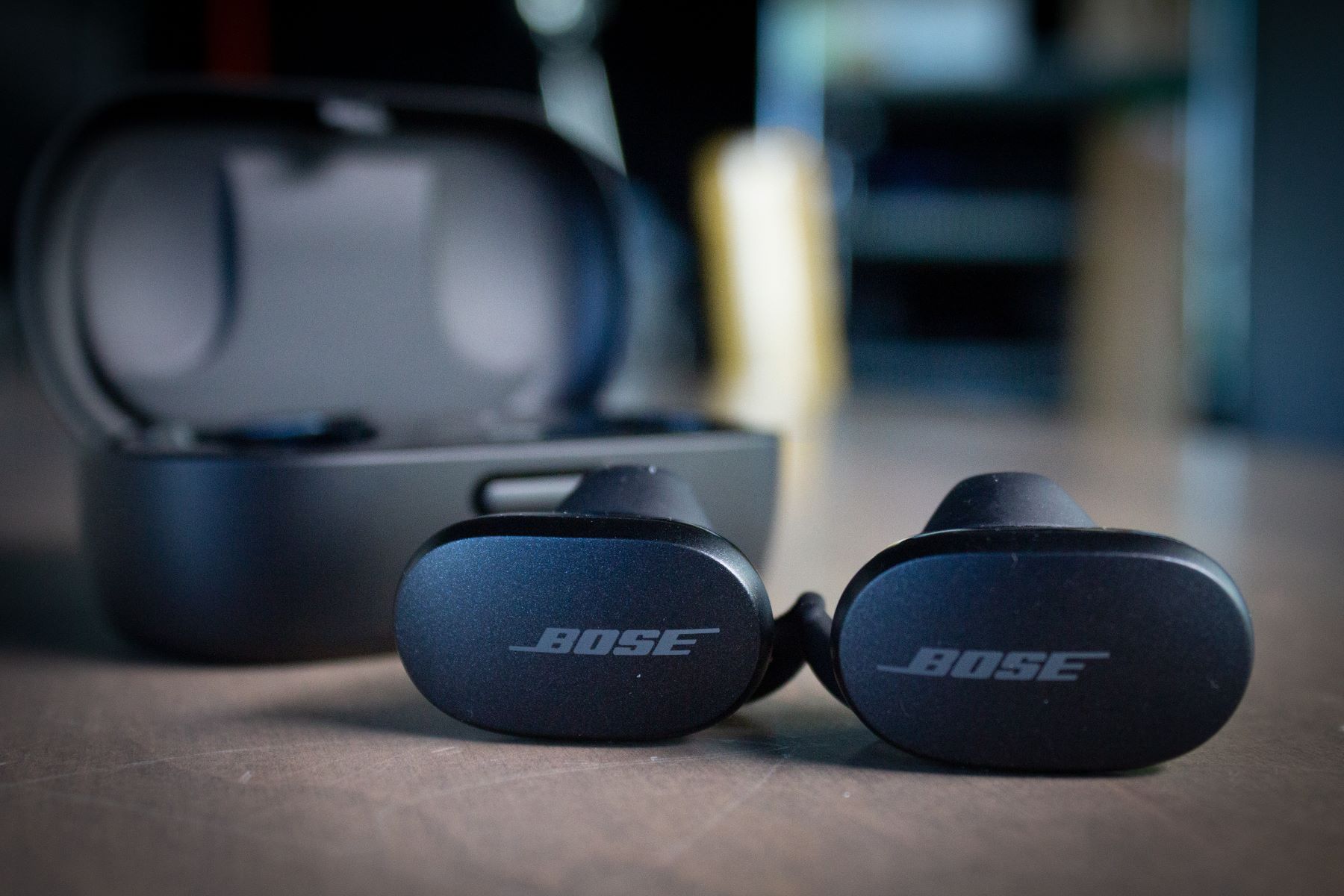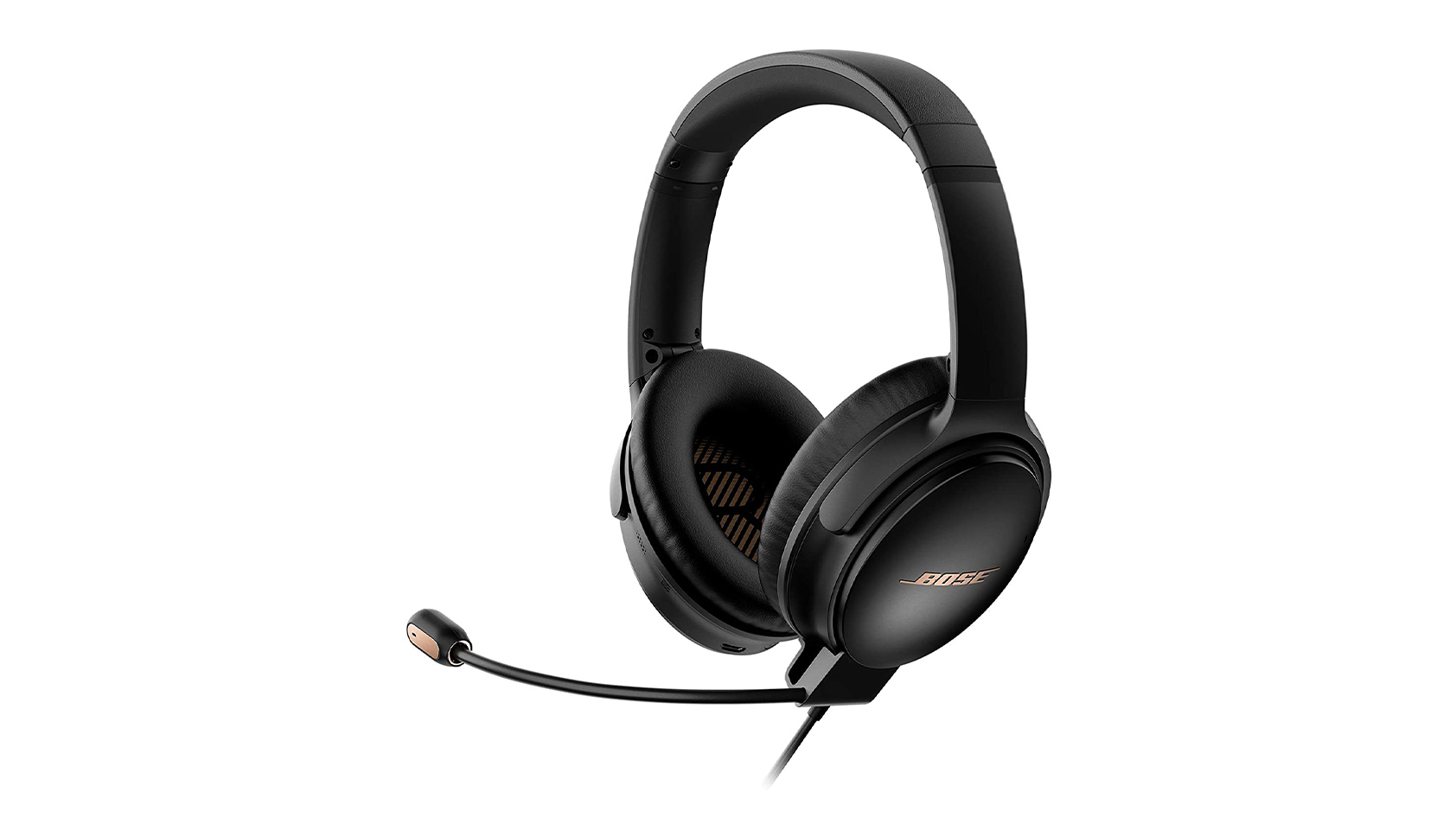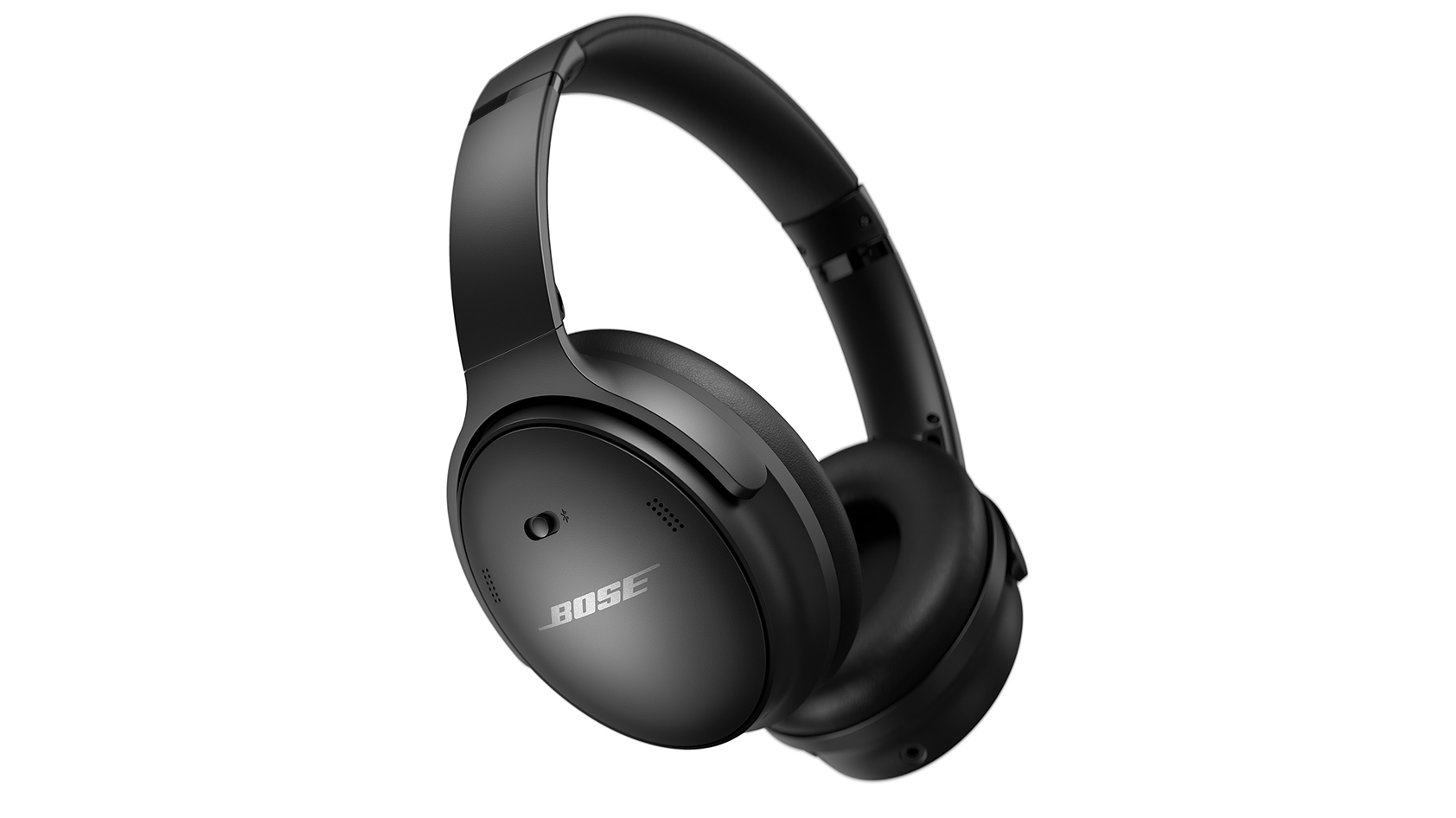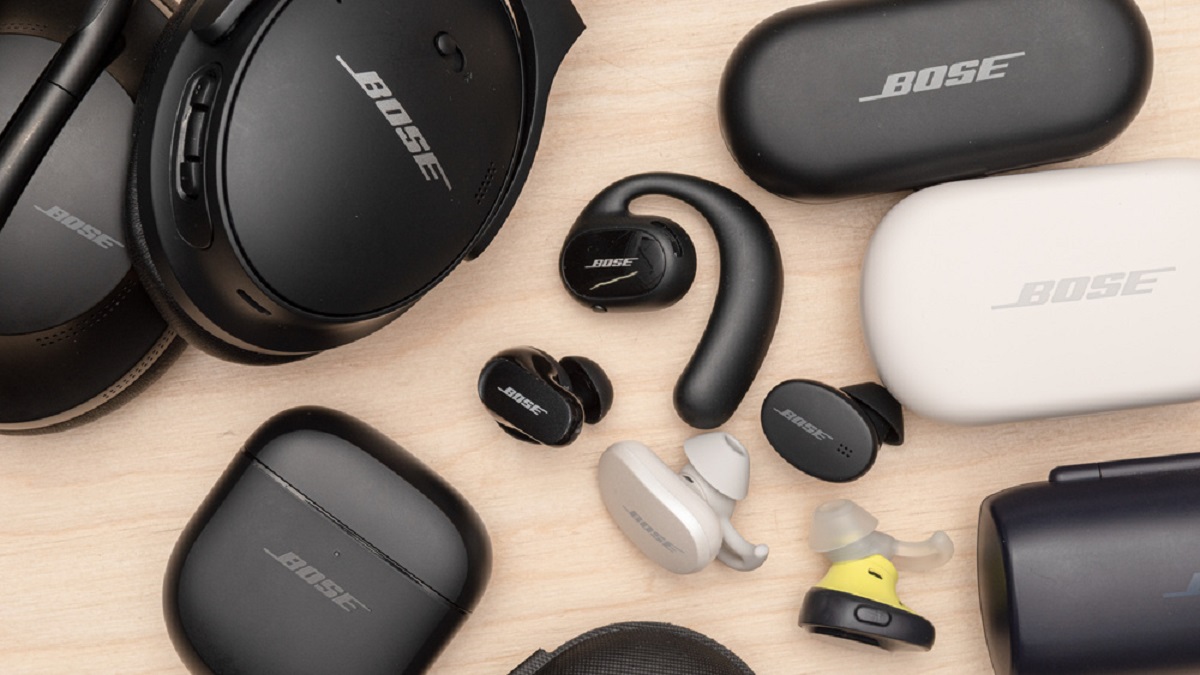Introduction
Welcome to the world of Bose Noise Cancelling Headphones! These cutting-edge headphones are equipped with state-of-the-art technology that allows you to immerse yourself in your favorite music or podcasts while minimizing external distractions. To ensure that your listening experience remains uninterrupted, it's essential to understand how to effectively charge your Bose Noise Cancelling Headphones.
The process of charging your Bose Noise Cancelling Headphones is straightforward, but it's important to follow the recommended guidelines to maximize the battery life and overall performance of your headphones. In this comprehensive guide, you will learn everything you need to know about charging your Bose Noise Cancelling Headphones, from understanding the charging port to troubleshooting common charging issues. By the end of this guide, you'll be equipped with the knowledge and skills to keep your headphones powered up and ready to deliver exceptional sound quality whenever you need them.
Whether you're a seasoned Bose enthusiast or a proud new owner of Bose Noise Cancelling Headphones, this guide will walk you through the essential steps to ensure that your headphones are always charged and ready for use. So, let's dive in and explore the ins and outs of charging your Bose Noise Cancelling Headphones to elevate your listening experience to new heights!
Understanding the Charging Port
Before delving into the process of charging your Bose Noise Cancelling Headphones, it’s crucial to familiarize yourself with the charging port. The charging port is the gateway through which power is supplied to the headphones, allowing the internal battery to recharge and sustain the device’s functionality.
Most Bose Noise Cancelling Headphones feature a micro-USB or USB-C charging port, located discreetly on the headphones for easy access. The design and location of the charging port may vary slightly depending on the specific model of Bose Noise Cancelling Headphones you own. It’s essential to identify the exact location of the charging port to ensure a seamless charging experience.
When handling the charging port, it’s important to exercise caution to prevent any damage. Gently insert the charging cable into the port, ensuring that it aligns properly to establish a secure connection. Avoid applying excessive force or inserting the cable at an angle, as this could potentially damage the charging port and impede the charging process.
Furthermore, it’s advisable to periodically inspect the charging port for any debris or foreign objects that may obstruct the connection. Using a soft, dry brush or compressed air, carefully remove any accumulated dust or dirt from the charging port to maintain optimal functionality.
Understanding the charging port is the first step toward effectively charging your Bose Noise Cancelling Headphones. By familiarizing yourself with the port’s location and ensuring its cleanliness, you can lay the foundation for a reliable and efficient charging experience, ultimately prolonging the lifespan of your headphones.
Using the Provided Charging Cable
When it comes to charging your Bose Noise Cancelling Headphones, utilizing the provided charging cable is essential for ensuring a seamless and effective charging process. The charging cable supplied with your headphones is specifically designed to deliver the appropriate power and establish a secure connection between the power source and the headphones.
Before initiating the charging process, carefully inspect the charging cable for any signs of damage, such as frayed wires or bent connectors. Using a damaged charging cable can compromise the charging process and potentially harm the headphones. If any damage is detected, refrain from using the cable and consider obtaining a replacement from an authorized Bose retailer to maintain the integrity of the charging process.
When connecting the charging cable to your Bose Noise Cancelling Headphones, ensure that the connector aligns with the charging port, and gently insert it to establish a secure connection. Avoid applying excessive force or angling the connector during the insertion process to prevent damage to the charging port or the cable itself.
Once the cable is securely connected to the headphones, the other end of the cable can be plugged into a power source, such as a USB port on a computer, a wall adapter, or a portable power bank. It’s important to use a reliable power source that is capable of delivering the appropriate electrical current to efficiently charge the headphones without causing any potential harm.
Throughout the charging process, it’s advisable to monitor the connection between the charging cable and the headphones to ensure that it remains stable. Additionally, avoid exposing the headphones to extreme temperatures or environmental conditions while they are charging, as this can impact the charging efficiency and the overall lifespan of the device.
By using the provided charging cable in accordance with the recommended guidelines, you can maintain the integrity of the charging process and ensure that your Bose Noise Cancelling Headphones receive the necessary power to remain operational and ready for use whenever you need them.
Checking the Battery Status
Monitoring the battery status of your Bose Noise Cancelling Headphones is essential for staying informed about the remaining power and planning your charging routine effectively. Most Bose headphones are equipped with a battery status indicator that provides valuable insights into the current charge level, allowing you to gauge when it’s time to recharge the device.
The battery status indicator is typically located on the headphones themselves, often in the form of LED lights or a digital display. Refer to the user manual or the manufacturer’s guidelines to familiarize yourself with the specific battery status indicator used in your model of Bose Noise Cancelling Headphones.
To check the battery status, simply power on the headphones and observe the battery status indicator. The indicator may display different colors or patterns to signify various charge levels, providing a clear indication of whether the headphones require charging. Some models may also feature an accompanying mobile app that allows you to monitor the battery status conveniently from your smartphone or tablet.
It’s important to establish a routine for checking the battery status of your headphones, especially before embarking on extended listening sessions or travel. By staying proactive and aware of the remaining battery life, you can avoid unexpected interruptions and ensure that your headphones are adequately charged for your intended use.
Additionally, familiarize yourself with the specific battery life of your Bose Noise Cancelling Headphones to gauge the typical duration of use before a recharge is necessary. Understanding the average battery life enables you to plan your charging schedule effectively, ensuring that your headphones are always ready to deliver exceptional sound quality when you need them.
Regularly checking the battery status of your Bose Noise Cancelling Headphones empowers you to stay ahead of the charging process and maintain a consistent power supply for uninterrupted listening experiences. By remaining attentive to the battery status indicator, you can optimize the usage of your headphones and seamlessly integrate charging into your daily routine.
Charging from a Power Source
Charging your Bose Noise Cancelling Headphones from a reliable power source is a fundamental aspect of maintaining their functionality and ensuring they are always ready for use. Whether you prefer the convenience of charging via a wall adapter, a computer’s USB port, or a portable power bank, understanding the nuances of each power source can optimize the charging process and prolong the lifespan of your headphones.
When charging from a wall adapter, ensure that you use the adapter provided by Bose or a reputable third-party adapter that meets the manufacturer’s specifications. The wall adapter should supply the appropriate electrical current to facilitate efficient charging without subjecting the headphones to excessive voltage or current, which could potentially damage the internal components.
If you opt to charge your headphones from a computer’s USB port, verify that the USB port is in good working condition and capable of delivering the necessary power output. Avoid using damaged or malfunctioning USB ports, as they can compromise the charging process and impact the overall performance of the headphones.
For on-the-go charging, a portable power bank offers the flexibility to recharge your Bose Noise Cancelling Headphones during travel or outdoor activities. When selecting a power bank, prioritize models with reliable output stability and sufficient capacity to support multiple charging cycles for your headphones. Additionally, ensure that the power bank’s output voltage and current are compatible with the charging requirements specified by Bose to prevent any potential damage to the headphones.
Regardless of the chosen power source, it’s important to position the headphones and the charging cable in a secure and stable manner to maintain a consistent connection throughout the charging process. Avoid placing undue stress on the charging cable or the headphone’s charging port, as this can lead to connectivity issues and hinder the charging efficiency.
By selecting a suitable power source and adhering to the recommended charging guidelines, you can ensure that your Bose Noise Cancelling Headphones receive the optimal power supply needed to maintain their performance and provide you with an exceptional listening experience whenever you reach for them.
Troubleshooting Common Charging Issues
While charging your Bose Noise Cancelling Headphones is typically a straightforward process, encountering occasional issues is not uncommon. Understanding how to troubleshoot common charging problems can help you address these issues effectively and ensure that your headphones remain adequately powered for uninterrupted use.
If you experience difficulty in initiating the charging process, the first step is to verify the integrity of the charging cable and the power source. Inspect the charging cable for any signs of damage, such as frayed wires or bent connectors, and replace it if necessary. Similarly, ensure that the power source, whether it’s a wall adapter, computer USB port, or power bank, is functioning correctly and capable of delivering the required power output.
Another common issue is the failure of the headphones to hold a charge or to charge fully. In such cases, it’s advisable to reset the headphones by turning them off and on again, then attempting to charge them. Additionally, ensure that the charging port and cable connections are clean and free from debris, as obstructions can impede the charging process.
If the battery status indicator does not illuminate or display the expected charge level, consider performing a firmware update on your headphones. Manufacturers often release firmware updates to address charging-related issues and enhance the overall performance of the headphones. Refer to the user manual or the manufacturer’s website for guidance on updating the firmware of your Bose Noise Cancelling Headphones.
In instances where the headphones become unresponsive during the charging process, disconnect the charging cable and allow the headphones to rest for a few minutes before attempting to charge them again. This simple reset can often resolve temporary charging-related issues and restore the headphones to a functional state.
Should persistent charging issues arise despite troubleshooting attempts, it is advisable to contact Bose customer support or seek assistance from an authorized service center. Professional assistance can help diagnose and address underlying technical issues that may be affecting the charging performance of your headphones, ensuring that they continue to deliver exceptional sound quality without interruptions.
By familiarizing yourself with common charging issues and their troubleshooting methods, you can proactively address any challenges that may arise during the charging process, ultimately maintaining the optimal functionality and performance of your Bose Noise Cancelling Headphones.







